#Opel
Used Car of the Day: 1972 Opel GT
We're going back to the '70s today -- this 1972 Opel GT appears to be in car-show shape.
Used Car of the Day: Opel GT Barn Find
Have you ever wondered what is hidden in the barns you pass whenever you drive in a rural area? I have. I mean, OK, sure, most are probably just housing farm implements and random stuff. But sometimes you find an old European car. Or two.
Hey, beats a dead body.
Abandoned History: Daewoo Motors, GM's Passport to International Sales (Part IV)
We return to Abandoned History’s coverage of the twists and turns of the Daewoo story, at a time when the company’s predecessor, Shinjin, was no more. After an early Seventies joint venture with General Motors saw the company renamed to General Motors Korea, Shinjin bowed out of the deal after just five years. In 1976 Shinjin’s ownership in the business was sold to a state-owned Korean bank, and General Motors Korea was renamed to Saehan Motor Company. But that didn’t mean GM was out of the picture - far from it.
Abandoned History: Daewoo Motors, GM's Passport to International Sales (Part III)
After a few successful years building a trio of Toyota models (Corona, Publica, and Crown), Shinjin was forced to look elsewhere for a business partner. Toyota wanted to sell cars in China, and China forbade any company that sold products on its shores from having operations in South Korea. As expected, the government stepped in and assisted in a new deal between Toyota, Shinjin, and General Motors.
The deal was finalized in 1972 and saw Toyota sell its stake in Shinjin directly to GM. The 50-50 GM-Shinjin venture saw the latter immediately renamed to General Motors Korea. GMK was immediately the new face of GM product distribution in South Korea. Let’s embark upon a series of particular business arrangements involving Shinjin that didn’t last very long.
Abandoned History: General Motors' Passport and Asna, Total Brand Confusion (Part II)
We started our coverage of GM’s Eighties and Nineties branding adventures last week, with the short-lived experiment that was Passport. The dealership network was an amalgamation of GM-owned or influenced brands from Japan, Sweden, and in the case of the Passport Optima, South Korea. Passport lasted from 1987 through 1991 before GM changed directions. In addition to axing an unsuccessful sales channel, Geo and Saturn cars had arrived during Passport’s tenure and made things more complicated. Let’s learn some more about GM’s Canadian dealership networks.
Abandoned History: General Motors' Passport and Asna, Total Brand Confusion (Part I)
In the Eighties and Nineties, General Motors of Canada decided to try new distribution strategies for its imported cars. Like in the recent Dodge Colt series, General Motors had its own captive import cars and trucks that were manufactured by other brands. But because of dealership arrangements in Canada, GM took things a step further than Chrysler and established a separate distribution network for its imported wares. The efforts lead to the thrilling Passport and Asüna brands for the Canadian market. First up, Passport.
Buy/Drive/Burn: Mid-seventies Captive Imports
Today’s Seventies captive imports trio comes to us via suggestion by commenter MRF 95 T-Bird. He wants to see which of the Manta, Capri, and Arrow warrants a malaise era Buy. We’ll straddle two model years today, 1975 and 1976.
Junkyard Find: 2001 Cadillac Catera
Stellantis Brand Executives Must Prove Their Worth, CEO Gives Deadline
According to a tweet this morning, Stellantis CEO Carlos Tavares is giving the company’s top brass at each brand a decade to justify their existence. Suddenly, it’s easy to picture some nervous auto executives dotted around the globe.
Rare Rides: The Very Rare 1972 Intermeccanica Indra Spider
The Intermeccanica marque is a new one to Rare Rides, and even in scouring the obscure vehicles of the internet one does not come across the name often.
Intermeccanica has dabbled in a number of different automotive enterprises since its inception, and the Indra seen here is one of its more successful projects.
Rare Rides: The 1977 Bitter CD - Elder Bitter
Rare Rides featured its first Bitter last year, when a golden SC coupe from 1984 graced these pages. In that article we mentioned we’d return when the company’s first model, the CD, turned up for sale somewhere.
And today’s the day! Let’s take a look at Bitter’s initial product offering.
QOTD: Alternative History of Avoiding Disastrous Consequences?
Last week we played a round of Armchair Alternative History where we discussed missed opportunities in the automotive industry. Conversation focused on actions automakers didn’t take when they should’ve.
Today is round two. Let’s go back and erase things that actually happened.
QOTD: Trucking Awful Nineties Design From Europe?
Last week, in our Wednesday QOTD post, we switched over to the darker side of truck and SUV design from the Nineties. It seemed many of our dear readers were less than fans of the so-called “jellybean” Ford F-150. This week, attention shifts to east — to Europe. Which trucks and SUVs from that most stylish of continents have aged the worst in terms of styling?
QOTD: Trucking Great Nineties Design in Europe?
In the Wednesday QOTD last week, we began our considerations of the truck and SUV models from the nineties which aged most gracefully. American offerings were the first up for discussion, and the majority of you chimed in to agree with my assessment of the GMT 400 trucks as some of the best-aged designs. There were so many great GMT variations from which to choose!
Today we move on to Europe, which may be more challenging.
Free From GM, Opel's Suddenly Back in (the) Black
The German automaker that cranks out Buick Regals and, until this summer, Buick Cascadas for American consumers is suddenly flying high, distancing itself from its money pit days under former parent General Motors.
After trying and failing to return the Opel (and sister brand Vauxhall) to profitability, GM offloaded the automaker to the French in August, 2017. In cutting its losses, Opel’s former parent put the brand’s future in the hands of PSA’s shrewd CEO, Carlos Tavares, who then enacted the same cost-cutting turnaround plan he performed on his own company. The financial about-face was a quick one.
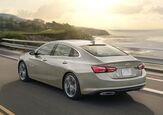

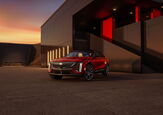
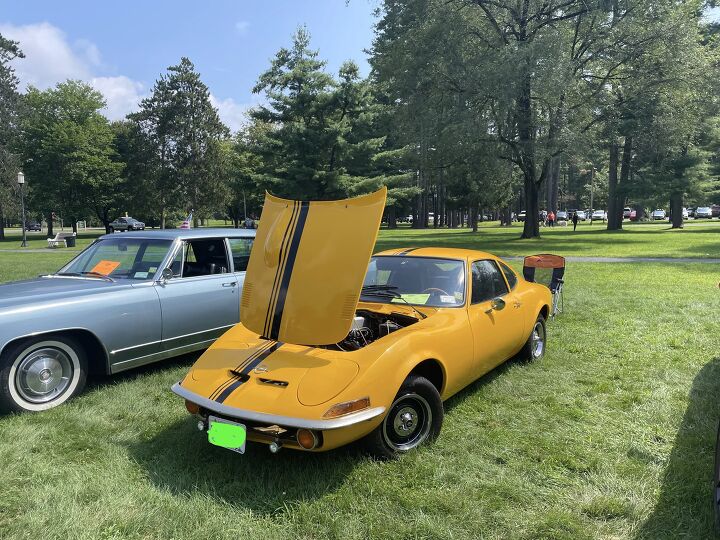

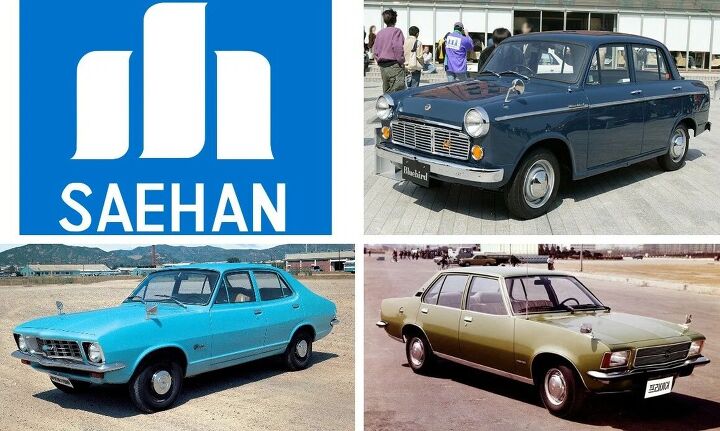
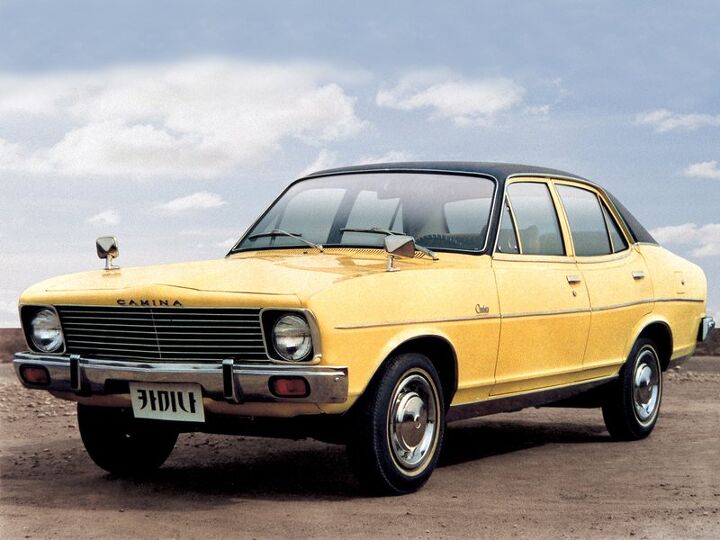
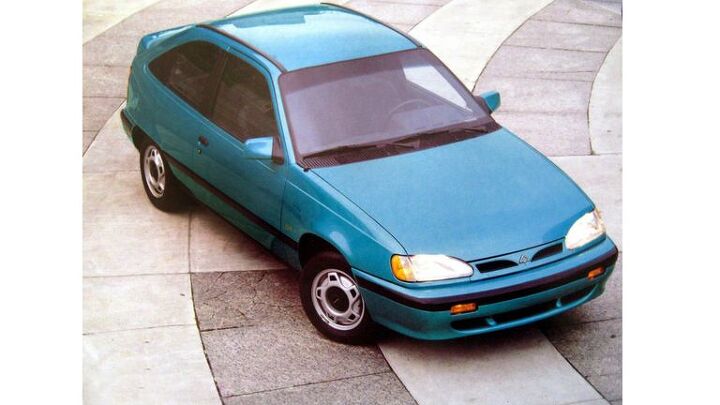
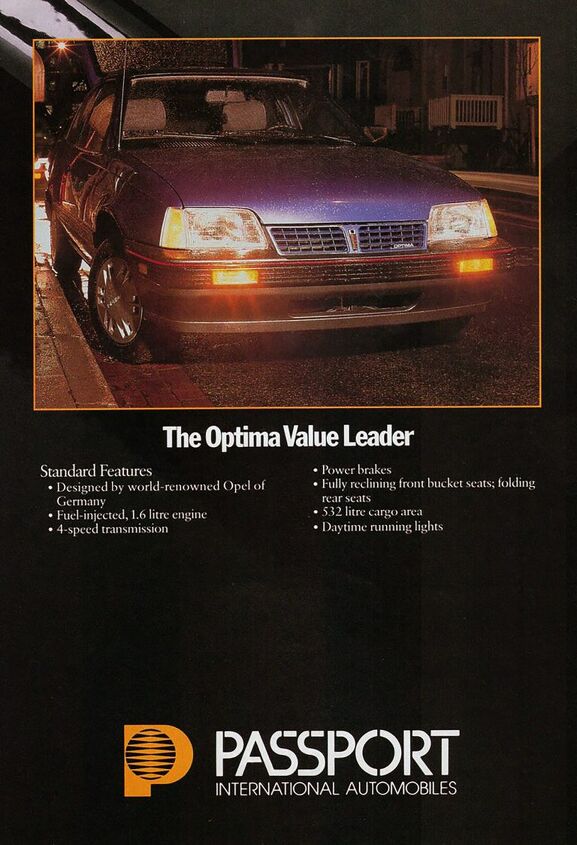
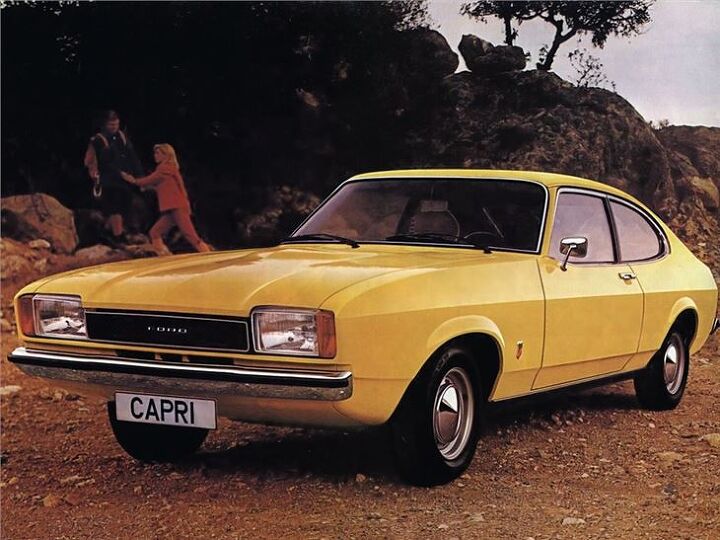
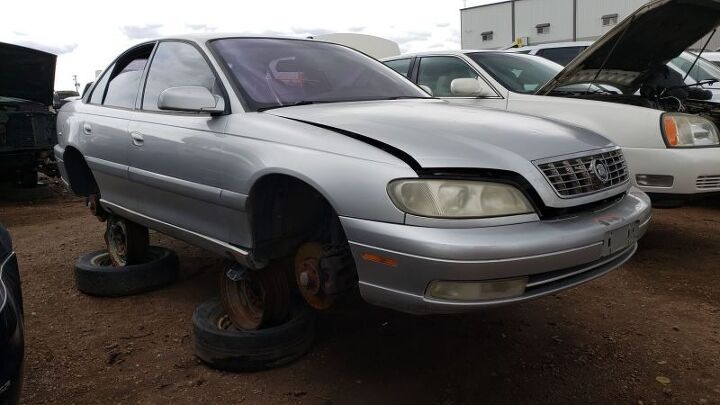

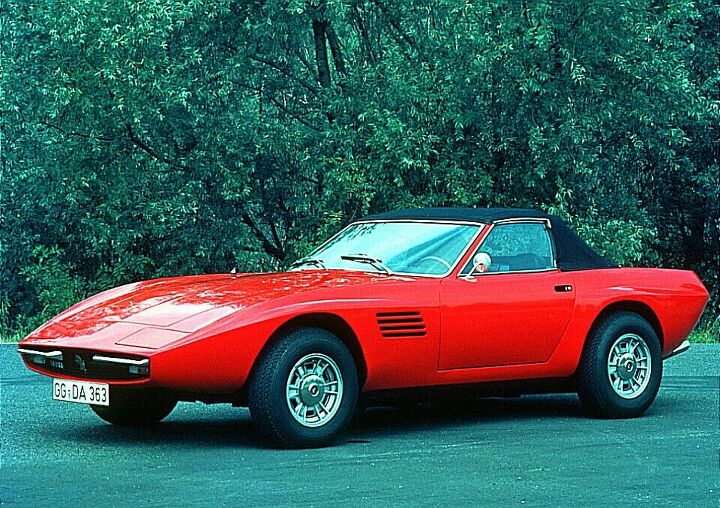
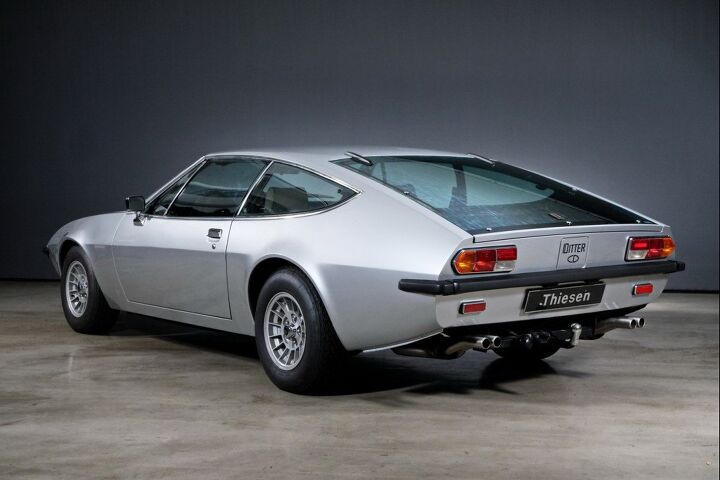


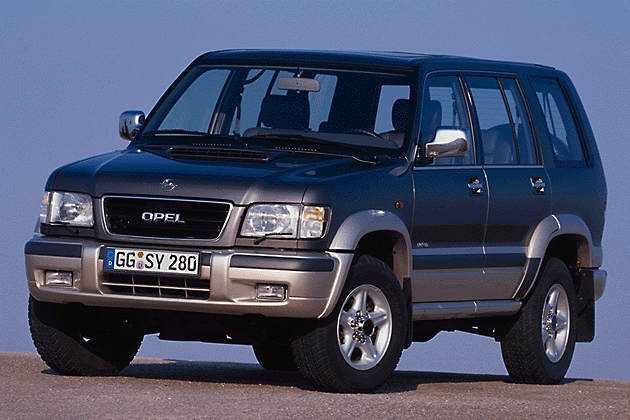
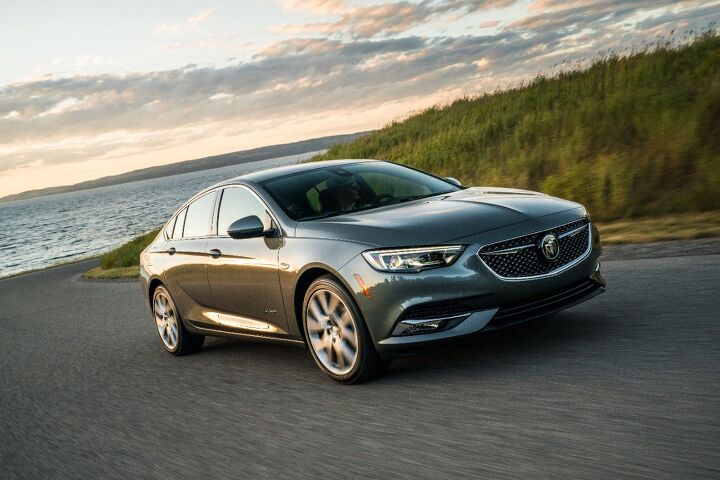












Recent Comments